I'm going to start streaming again in the new year - here are the PC accessories I'll be using
Make your streams come true in 2024
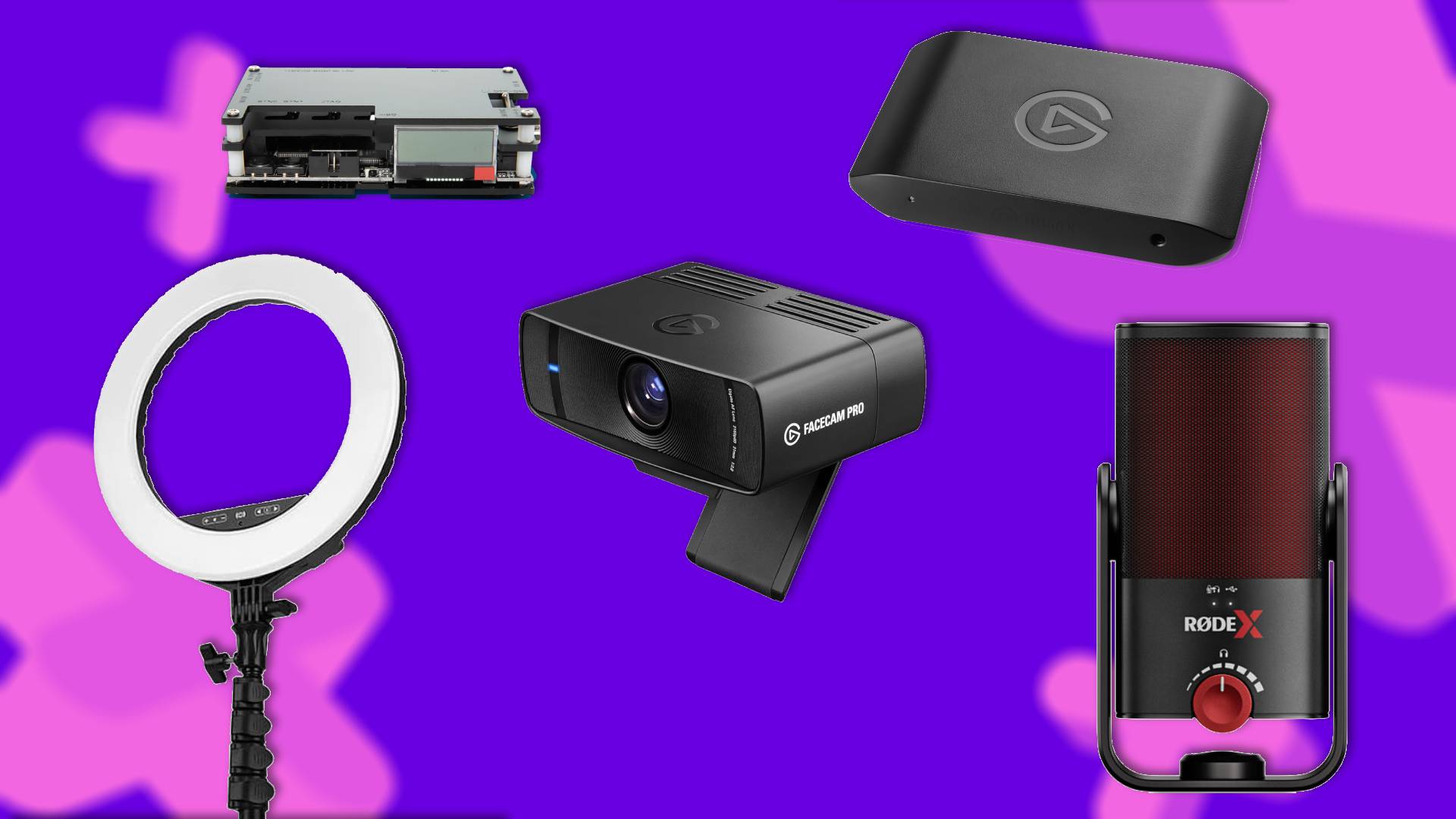
It's been a hot minute since I last considered Twitch streaming, but now that 2024 is upon us, it feels like the right time to get back into it. Only issue is, my setup has changed a lot since my days of doing Dead Space re-runs during the pandemic, so it's about time I figured things out again when it comes to PC accessories. And, since it's my job to chat about such things with you anyway, I thought it'd be nice to take you along for the ride. You never know, maybe it'll help you get into the whole streaming thing too!
If it's advice on how to start streaming for gamers you're after, it's worth noting we've already got you covered on that front. However, rather than simply round up the best webcam options or best capture cards overall, I'm going to instead delve into a bunch of PC accessories that I either already have to hand or think will help me keep making content throughout 2024. Sure, some of you may benefit from just picking up everything I intend on using, but I reckon it'd be more helpful to use my plans as a typical template. That way, you'll be able to swap out specific accessories for something that fits in better with your genre and platform of choice.
It's worth noting that when it comes to gaming, I am firmly multiplatform. In fact, I actually ended up streaming a lot of retro games last time I gave Twitch a try, including some of my favorite horror romps on the PS2 and even old MSX computer games made by certain Hideo Kojima (really, Penguin Adventure absolutely slaps). Simply put, my setup plans are pretty damn versatile, meaning it'll cater to a variety of different players out there while still offering up the basics.
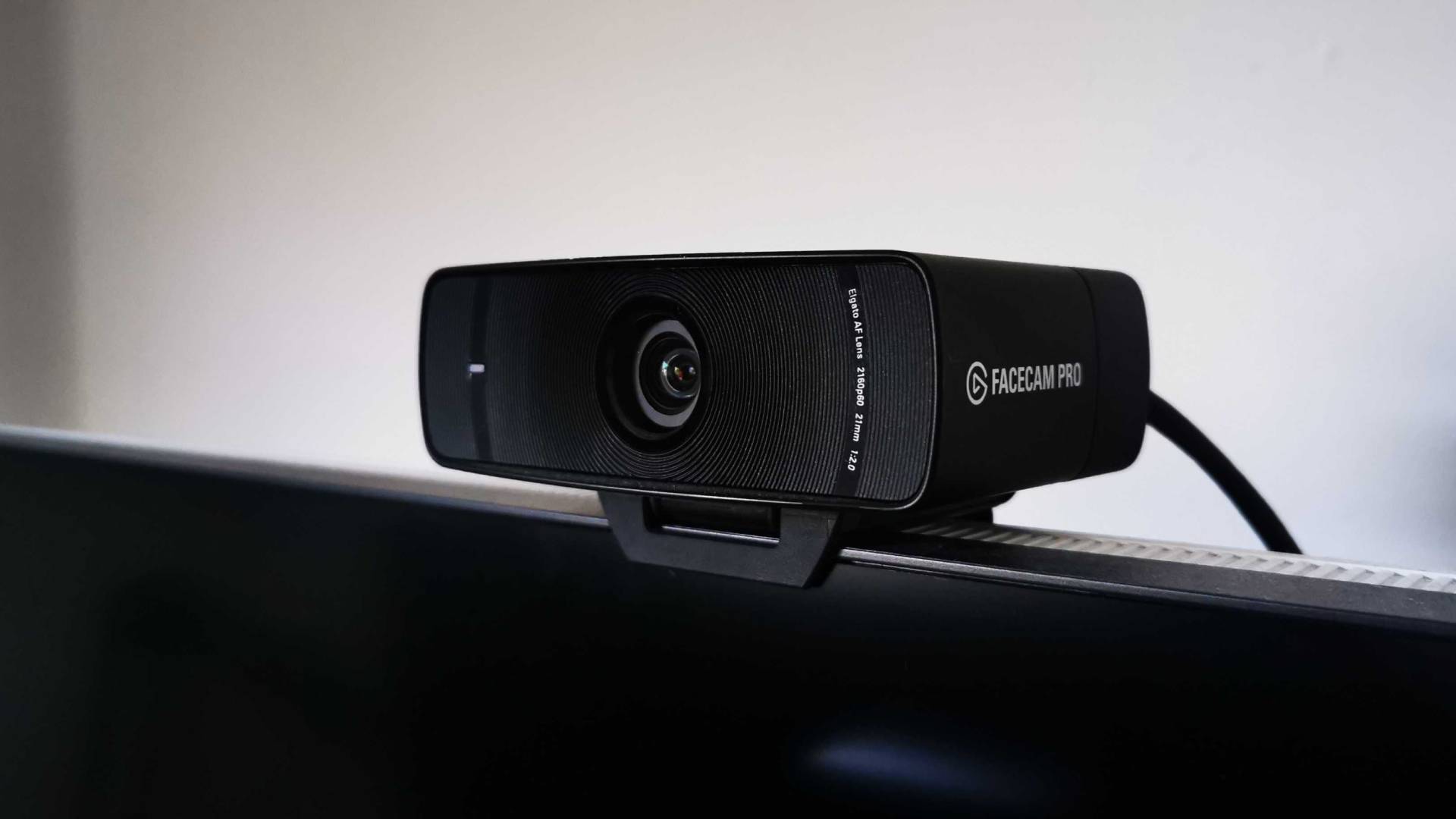
1. Elgato Facecam Pro
Specifications
Reasons to buy
Reasons to avoid
Okay, bear with me on this one, as I know the Elgato Facecam Pro is ludicrously expensive. However, it's what I'd personally like to start using for Twitch streaming in 2024, and it's largely because I want to actually start making YouTube content again too.
The premium cam's incredible capabilities, wide angle lens, and comprehensive software will ultimately let me use one setup for everything I made, rather than having to switch from an ordinary webcam to my Sony camcorder depending on content types. In other words, this camera can provide professional DLSR levels of quality over USB-C, and that's an invaluable feat when it comes to trying to easily make high quality content.
But fear not budget streamers, as I have a very reasonably priced alternative that will reliably offer basic capture capabilities, and it's the same webcam I used during my initial stint as a streamer. The cam in question is the Logitech C920x, and it'll furnish your setup with 1080p footage that honestly looks the part. I mean, if you're anything like me, you'll end up just having your face at the corner of your stream, and 4K really is overkill if you're simply wanting to prove you aren't three goblins in a trench coat.
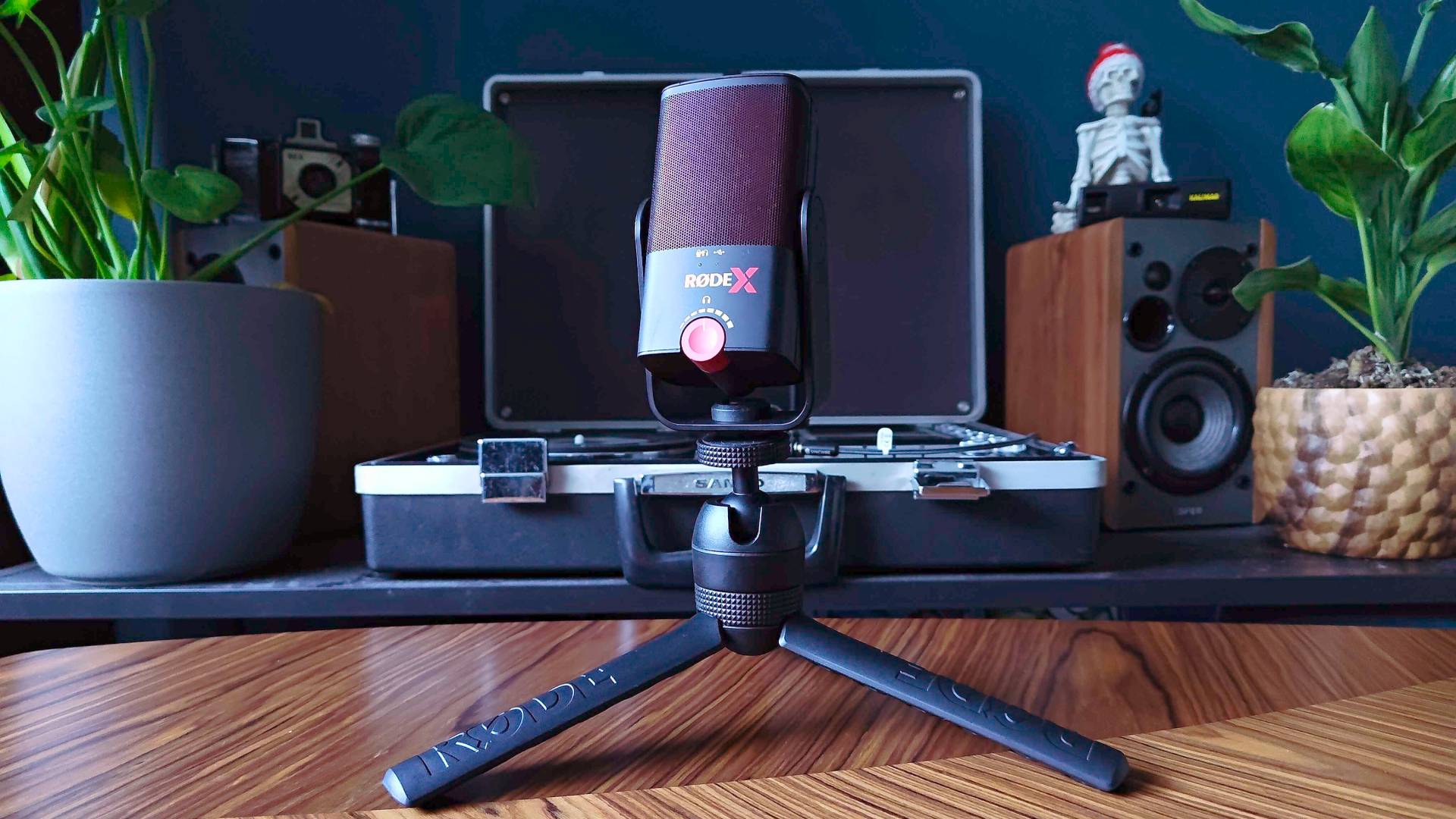
Specifications
Reasons to buy
Reasons to avoid
I've used a variety of USB mics in the past, but the RODE X XCM-50 is a cut above the rest. I only recently swapped out my longstanding Blue Yeti microphone for this dinky condenser option, and it instantly revamped by setup's recording capabilities with near studio levels of quality. That statement is bound to get a few eye rolls from audiophiles and people who spend thousands on audio gear, but I think even the snootiest of streamers will commend this mic for its efforts.
I could delve into the usual descriptors used to describe high quality mic audio, but it feels more appropriate to say that the RODE X XCM-50 simply sounds natural. I'd go as far to say that this microphone allows me to achieve the best sounding vocal capture I've ever been able to achieve effortlessly, and the fact there's no faff involved sweetens the deal. That's not to say you can't mess around with RODE's 'Unify' software, as it offers up pre-sets and manual fine tuning. You can even mix in multiple USB inputs using the software, which is something I may end up doing if my partner ever joins me for streaming sessions.
Like many other desktop mics, the RODE X XCM-50 comes with a tripod, meaning you won't necessarily have to fork out for a mic arm. That said, I do prefer to keep the space in front of me clear, so I normally keep it mounted just to the left of me to prevent any clumsy accidents. That and I've normally also got an old console plonked in front of me, and this condenser mic isn't too fussy about where I place it.
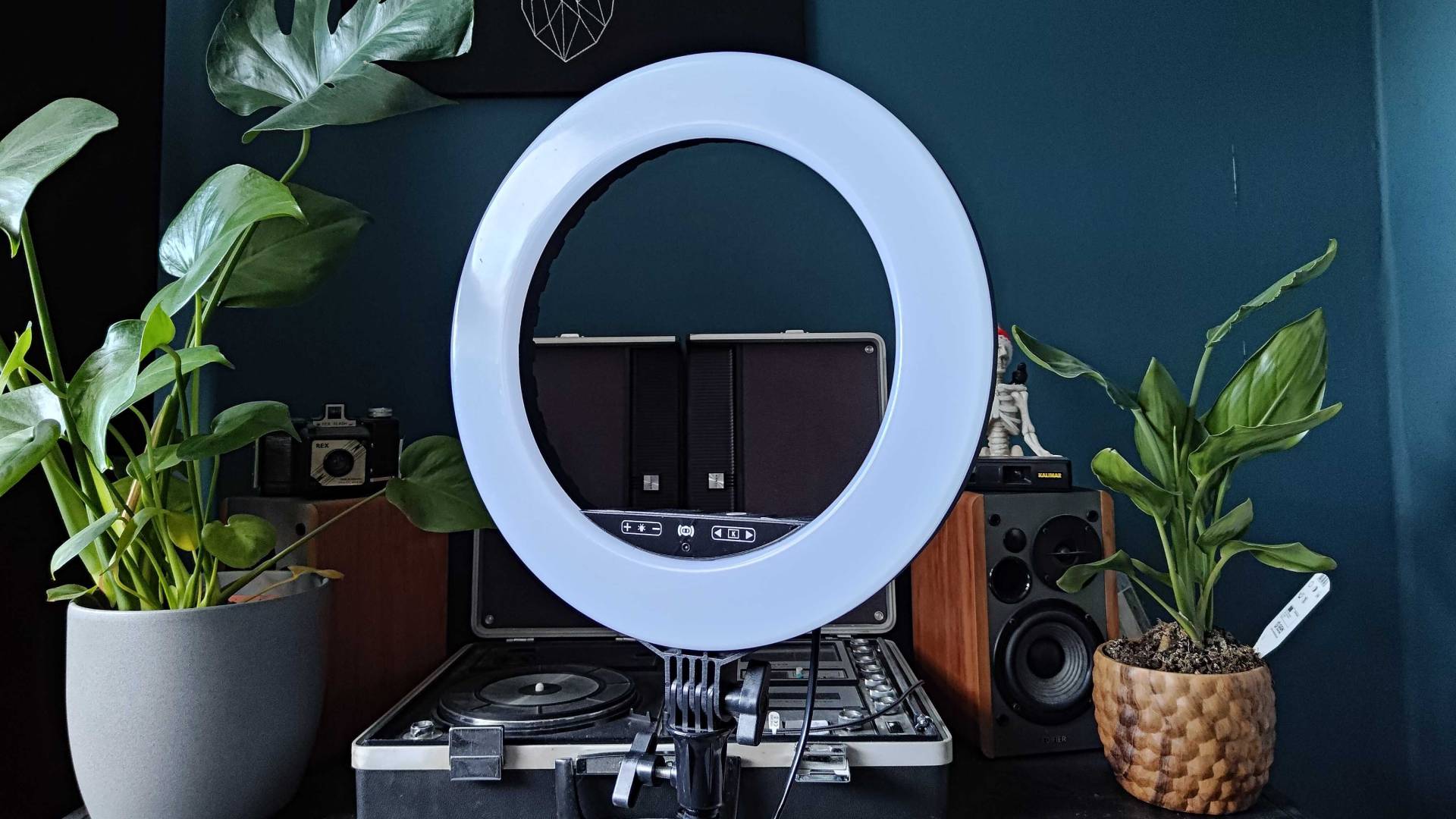
3. Streamplify Light 10 Ring Light
Specifications
Reasons to buy
Reasons to avoid
Look, I'm the last person who'd want to light up their daft face, but lighting is key if you want to achieve great visuals. I live in Scotland, and it's either grey or night time outside for 80% of the year, and even the most expensive webcams can't work miracles in those conditions. Therefore, I'll be using the Streamplify Light 10 Ring Light that I already have to hand, as it'll keep things illuminated without making my face look like a big moon.
As far as ring lights go, the Streamplify Light 10 doesn't break the mould, but it also isn't trying to. The brand's whole objective is to provide streamers with effective products at an approachable price point, and this option specifically costs way less than some of the best ring lights out there. It doesn't even ditch functionality to cut costs, as you'll be able to adjust brightness and temperature on the fly using an included remote.
The Streamplify Light 10 also has mounting points for your smartphone, and that's something I'm actively thinking of using. Not that I want to become one of those Tiktok famous folk, but I'm into the idea of making some vertical snippets while streaming and making YouTube videos. Even if I end up never using it for that, I love that the option is there, as I'm all about product versatility.
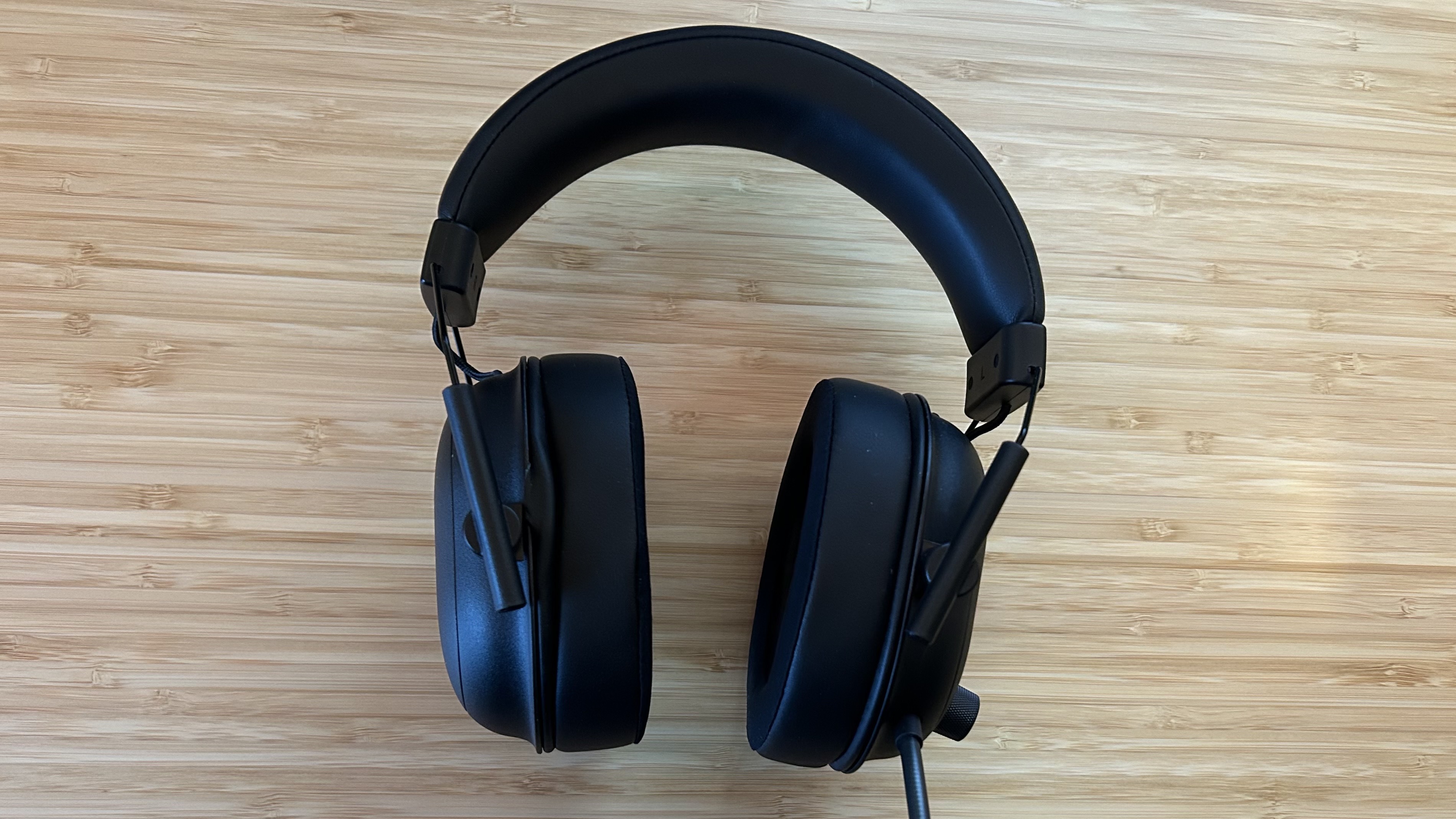
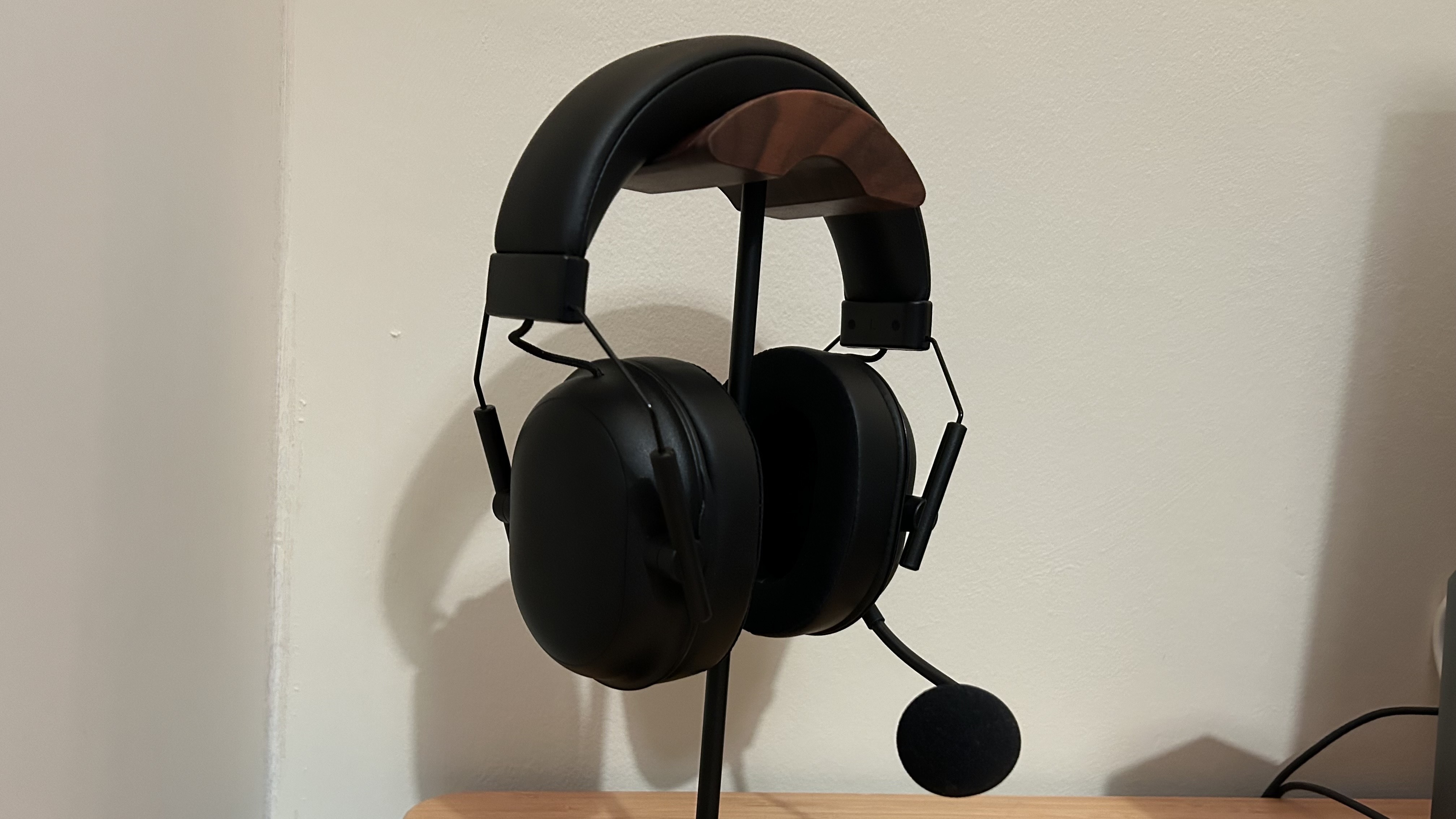
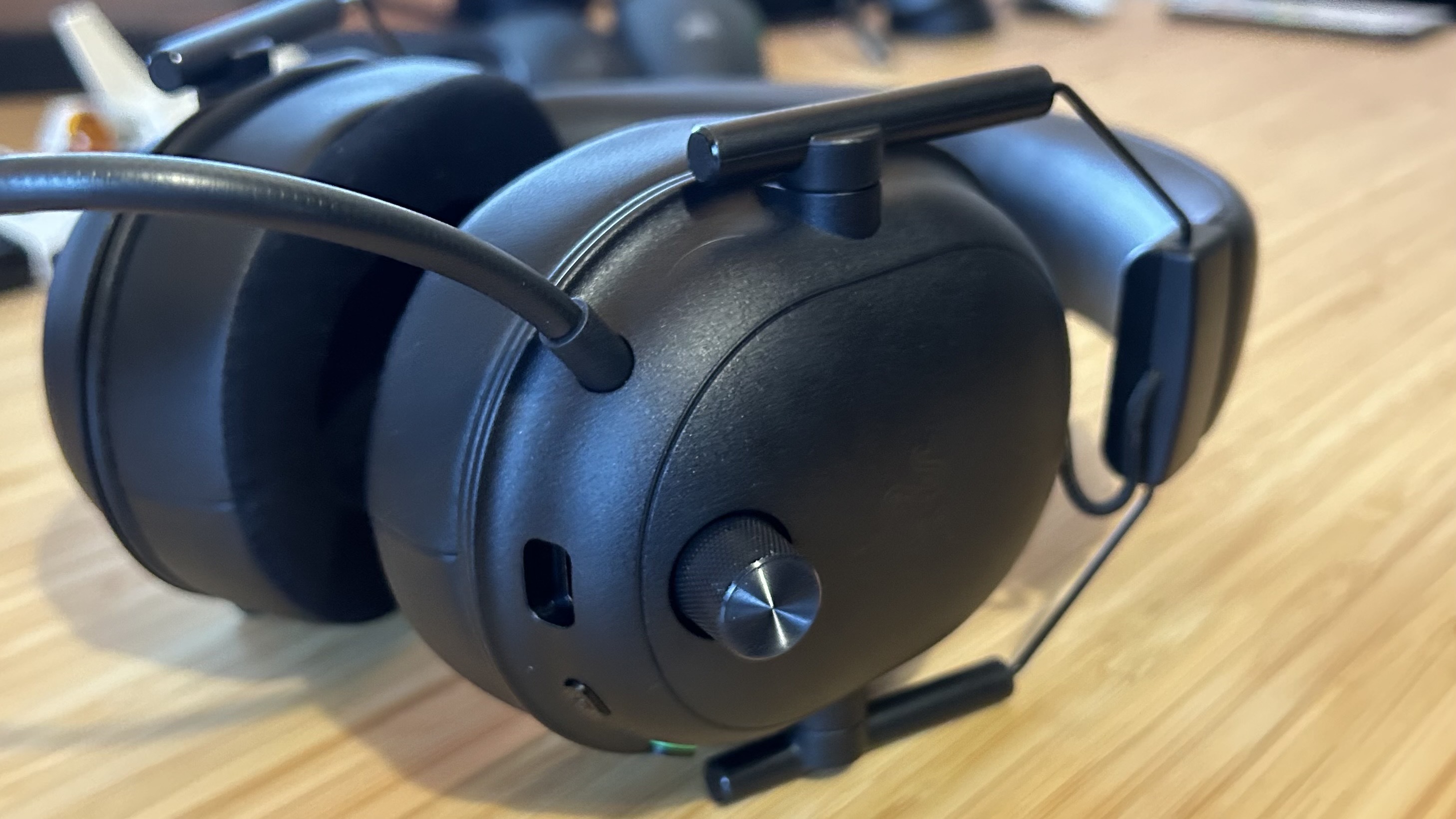
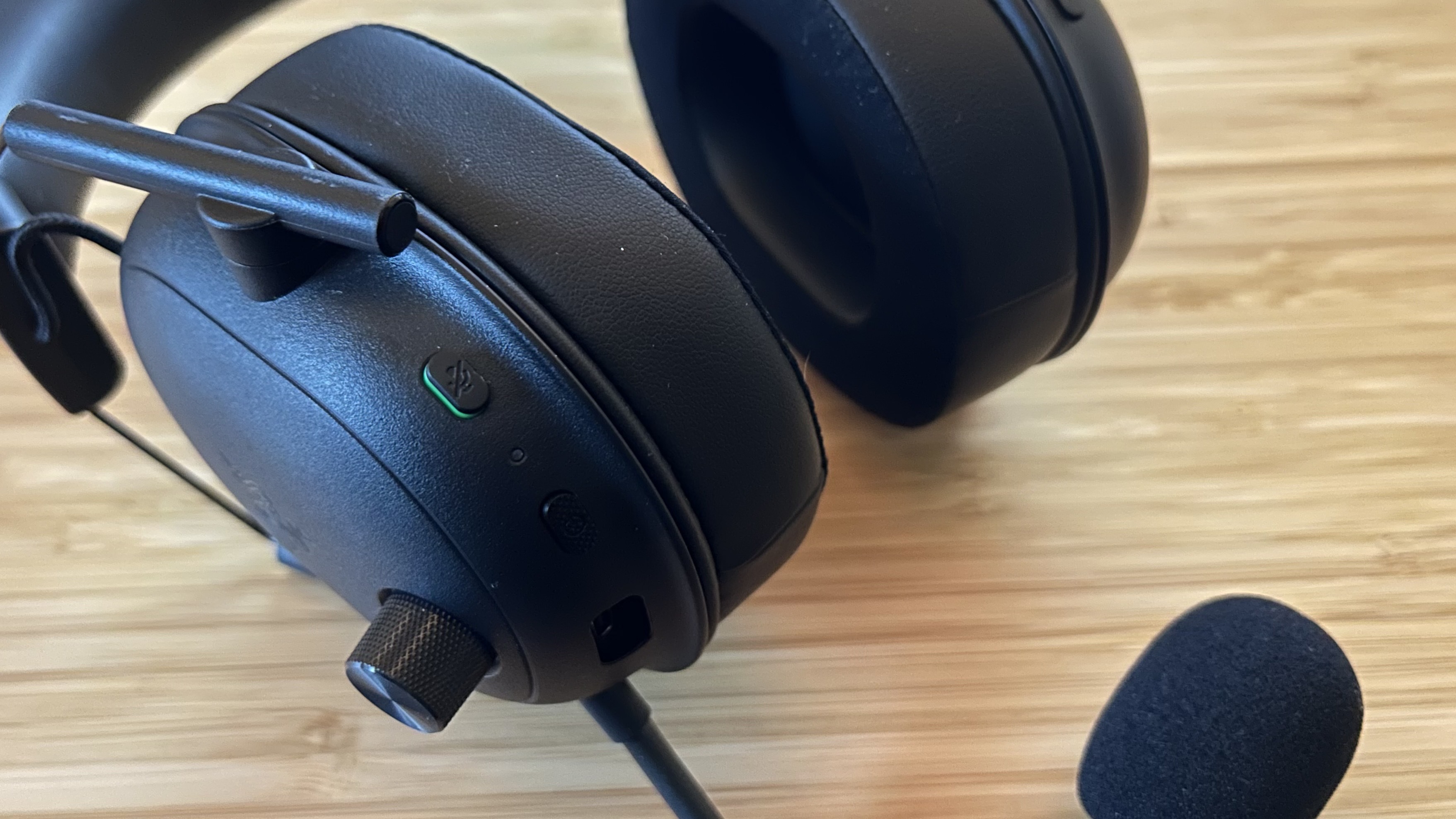
Specifications
Reasons to buy
Reasons to avoid
I've not picked up the Razer BlackShark V2 Hyperspeed yet, but our resident headset expert Tabitha Baker says its one of the best gaming headsets out there. We're talking about a lightweight, comfortable pair of cans that offers almost the same functionality as its 'Pro' sibling, but there's a specific feature I rely on that the V2 Hyperspeed can effectively provide me while streaming.
For whatever reason, I really struggle with talking while wearing closed back headphones. If I can't hear myself, I end up struggling to either speak at the right volume or form sentences properly, which then knocks my confidence a bit. However, headsets like the BlackShark V2 can loopback the sound of your voice using sidetone options within its software, and it's something I now need if I'm planning to talk on a stream.
At the moment, I'm using a Razer Kraken V3 Hypersense as my daily driver, but its sidetone abilities are sometimes hampered by forgetting to turn off built-in haptics. So, I'll likely pick up the Blackshark V2 soon so that I have something specifically for streaming to hand. The fact it's also wireless is pretty appealing, as I already have a lot of cables all over the place thanks to the retro gaming parts of my setup.
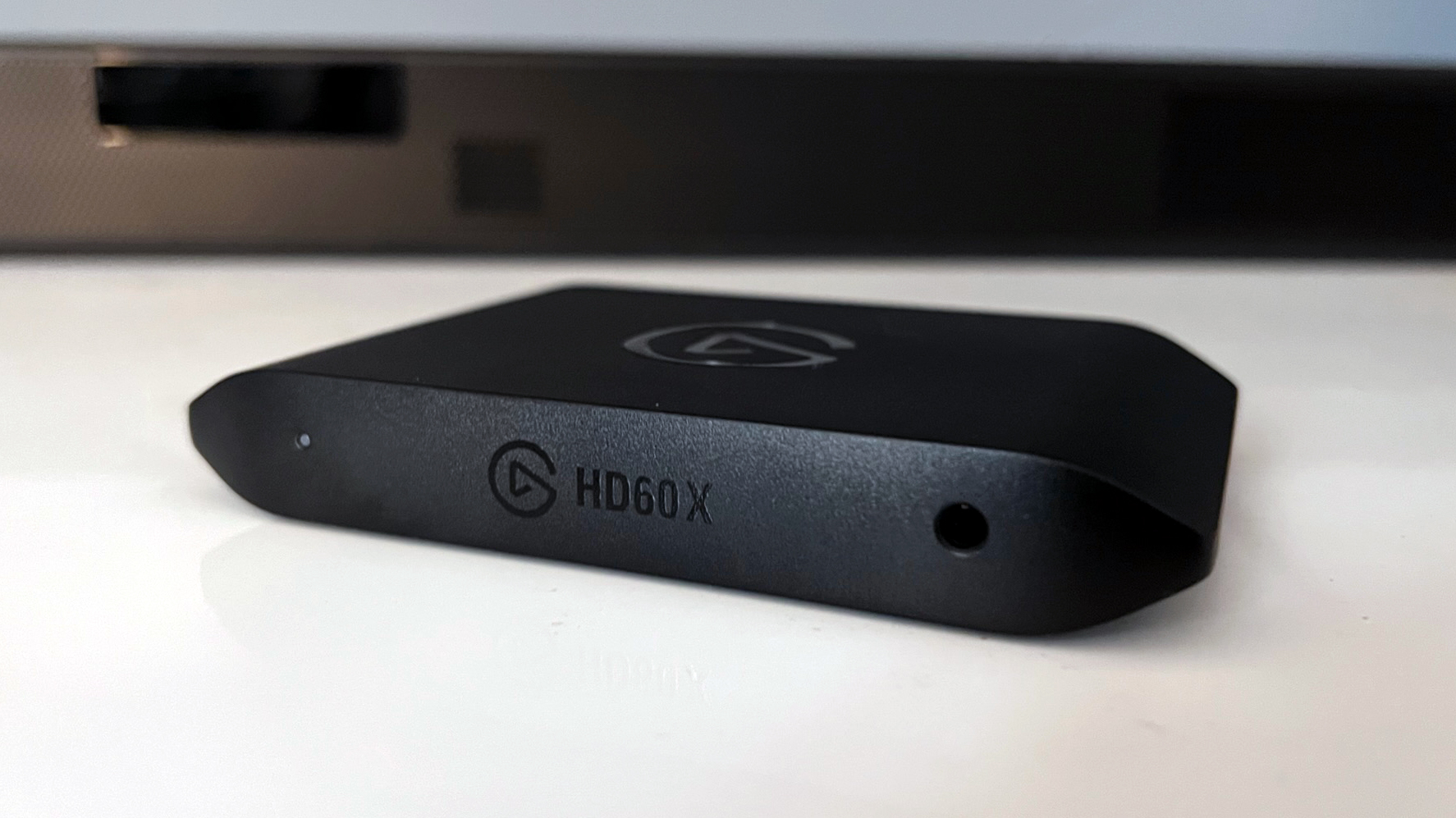
Specifications
Reasons to buy
Reasons to avoid
Before I delve into why I'm eyeing up the Elgato HD60 X, it's worth noting that there are other far more affordable capture cards out there. I actually normally use the Elgato HD60, and it's perfectly serviceable when it comes to 1080p capture. If anything, my cravings for this upgrade are more based on the prospect of scaling retro consoles up to 4K in the future, and this device may help facilitate my future plans.
Of course, the Elgato HD60 X is also going to help you get the most out of your PS5 or Xbox Series X when capturing footage, as you'll be able to feed 4K 60fps gameplay through to your PC. Whether or not you actually try to stream in that quality is a different matter, as you'll need a pretty decent broadband connection to avoid connection issues. Nevertheless, the idea of having the capturing the same quality footage as you'll see on your monitor or TV is nifty, and it'll help futureproof your setup regardless.
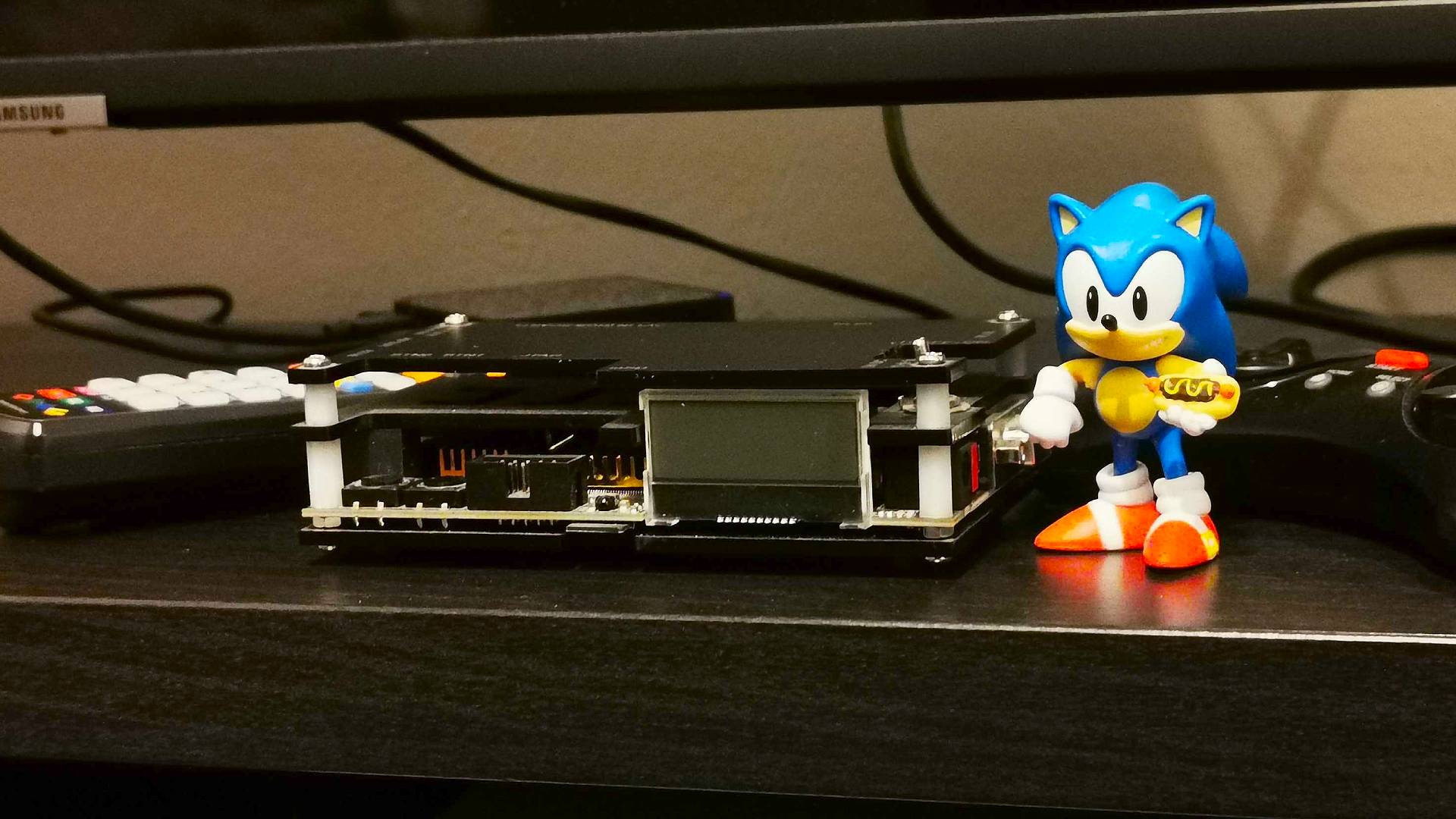
6. OSSC Open Source Scan Converter 1.6
Specifications
Reasons to buy
Reasons to avoid
Before picking up the OSSC, I used to use a cheap upscaler from Amazon, and trying to stream via Twitch was a bit of a nightmare. From stretched aspect ratios to weird visual effects when playing some 2D sprite games, budget solutions prove to just be too unreliable when you're putting on a live show.
Now that I've switched to using the Open Source Scan Converter, it's safe to say my old game footage has never looked better. Rather than simply upscaling old resolutions, the OSSC uses line doubling to increase pixel counts without lag. The end result is simply a higher resolution version of the retro console's original signal, which helps keep everything looking the way it should.
It's worth noting that if you're using old consoles like the Sega Genesis, Super Nintendo, or even the PS1, you'll need to invest in scart cables. This will enable you to feed an RGB signal to the OSSC, as it won't be able to interpret anything sent via those old red, white, and yellow composite cables that are commonly used. I'd say it's worth investing in new cables anyway, as you'll end up with a much sharper image compared to composite.
Chances are that if you've got a gaming PC setup, you're potentially already got some accessories that'll fit the bill when it comes to streaming. In reality, you don't have to buy the best of the best to get started, and sometimes it's best to start off small before investing.
That said, if you're looking to entice yourself to get back into streaming on Twitch or YouTube and already know the ropes, upgrading some of your equipment could be the solution. Whether you copy the approach I'm going for or select completely different options is down to your own preferences, and I'll be rooting for all of you budding content creators out there in 2024.
Need a rig before you start streaming? Check out the best gaming PC builds are a range of powerhouse machines. Alternatively, take a peek at the best gaming laptops for systems you can take on the go.
Sign up to the GamesRadar+ Newsletter
Weekly digests, tales from the communities you love, and more

I’ve been messing around with PCs, video game consoles, and tech since before I could speak. Don’t get me wrong, I kickstarted my relationship with technology by jamming a Hot Wheels double-decker bus into my parent’s VCR, but we all have to start somewhere. I even somehow managed to become a walking, talking buyer’s guide at my teenage supermarket job, which helped me accept my career fate. So, rather than try to realise my musician dreams, or see out my University degree, I started running my own retro pop culture site and writing about video games and tech for the likes of TechRadar, The Daily Star, and the BBC before eventually ending up with a job covering graphics card shenanigans at PCGamesN. Now, I’m your friendly neighbourhood Hardware Editor at GamesRadar, and it’s my job to make sure you can kick butt in all your favourite games using the best gaming hardware, whether you’re a sucker for handhelds like the Steam Deck and Nintendo Switch or a hardcore gaming PC enthusiast.


